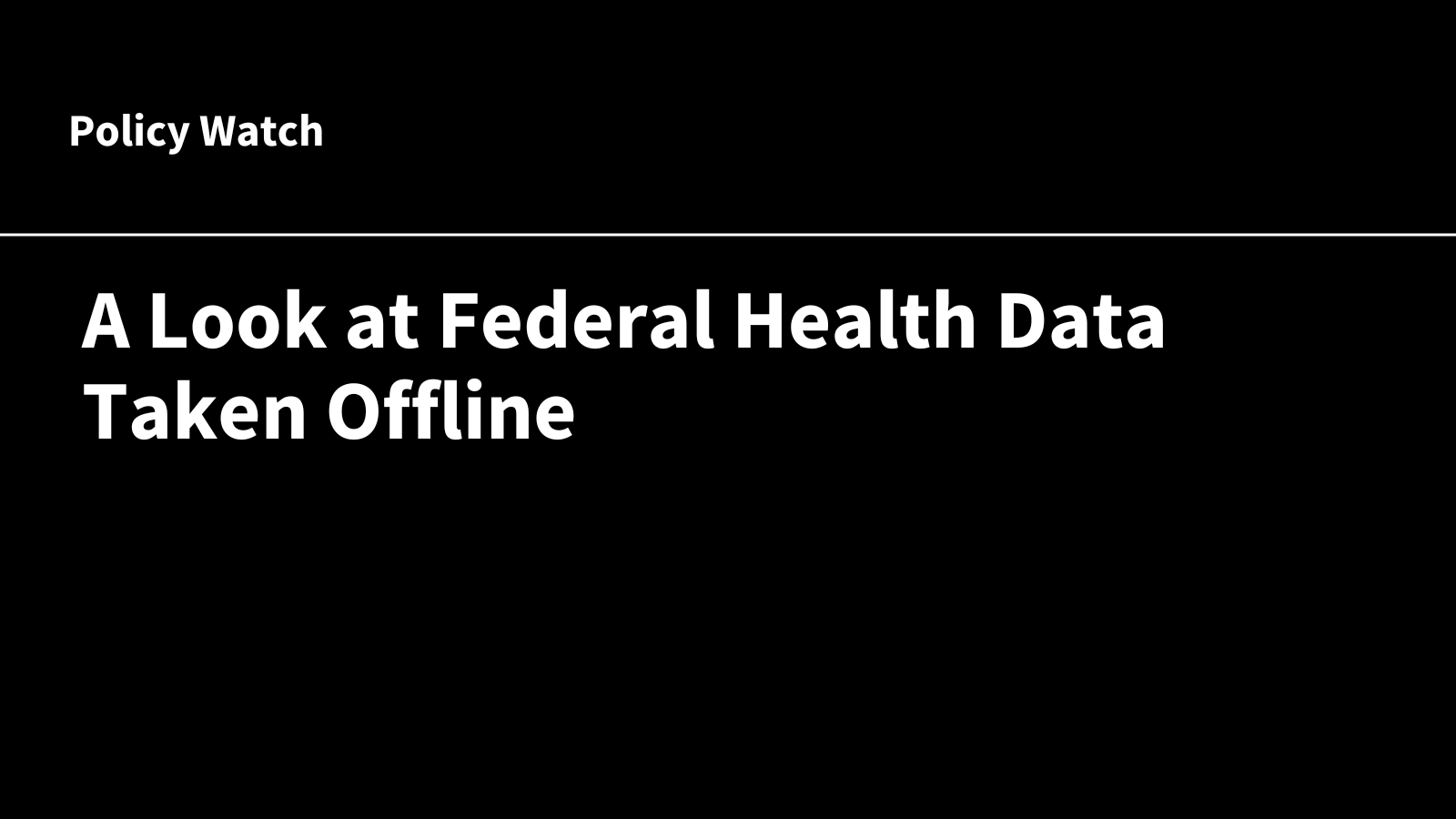Vanishing Vital Stats: How Government Health Data Disappeared from Public View

In a significant disruption to public health information systems, several critical federal government health databases unexpectedly went offline on January 31, 2025, sending ripples of concern through the research, policy, and healthcare communities. The databases, which include major national health surveys and comprehensive health indices, play a crucial role in tracking and understanding public health trends.
Among the most notable affected systems were databases specifically related to HIV research and monitoring. While the initial outage caused immediate alarm, some of these critical databases began to return to service by February 2, 2025, providing some relief to researchers and health professionals who rely on these essential data sources.
The temporary loss of these databases highlights the fragility of our health information infrastructure and the critical importance of maintaining robust, accessible health data systems. These platforms are not just repositories of information, but vital tools that inform medical research, shape public health policies, and provide insights for media reporting on healthcare issues.
As investigations into the cause of the database outage continue, the incident serves as a stark reminder of the need for resilient and redundant health information systems in an increasingly digital world.
